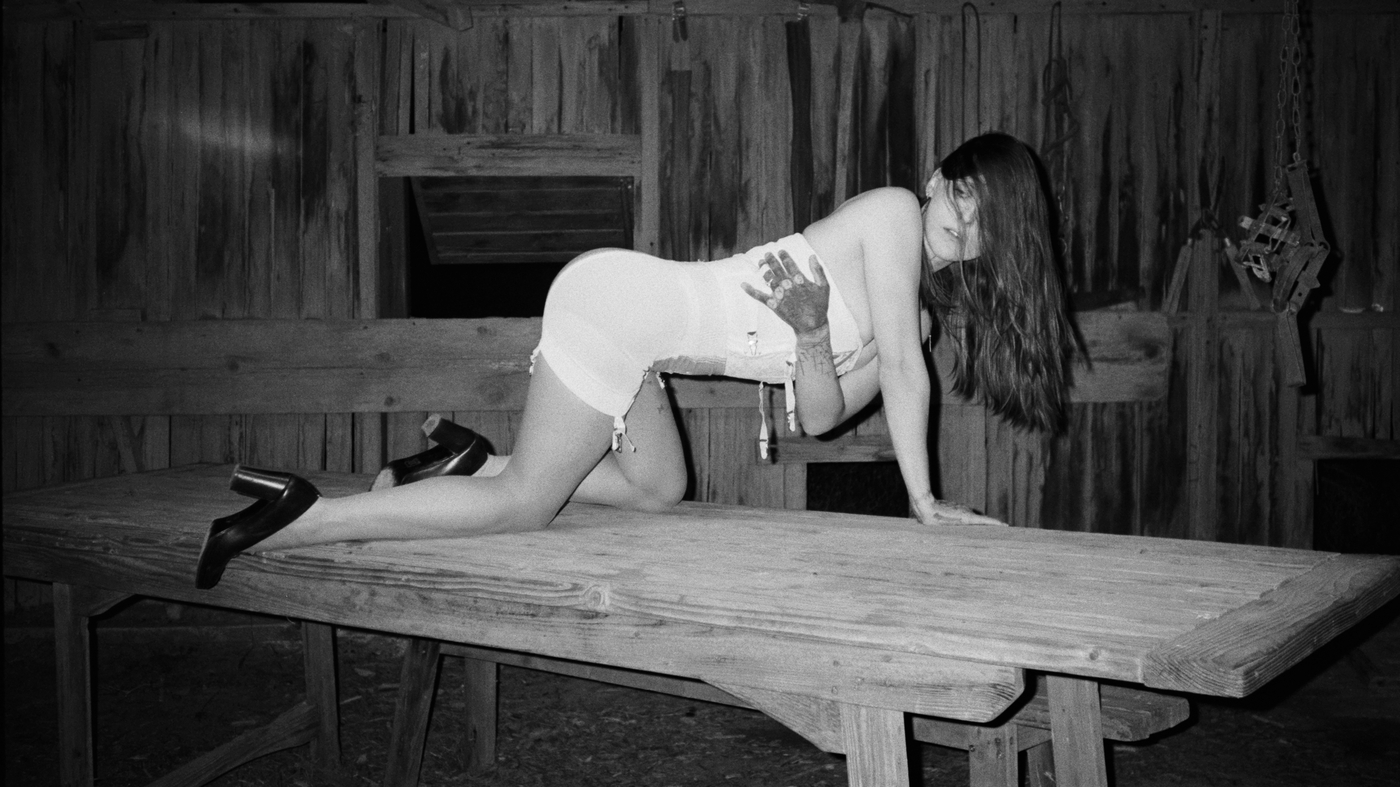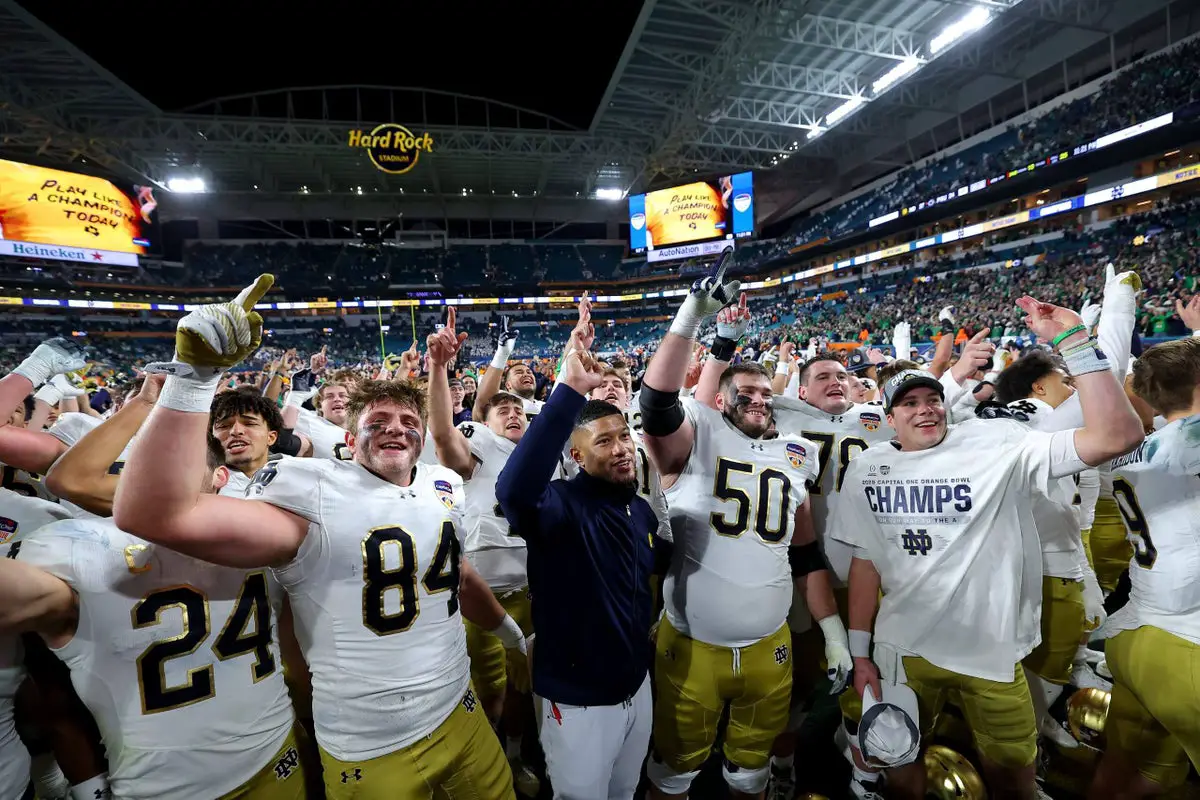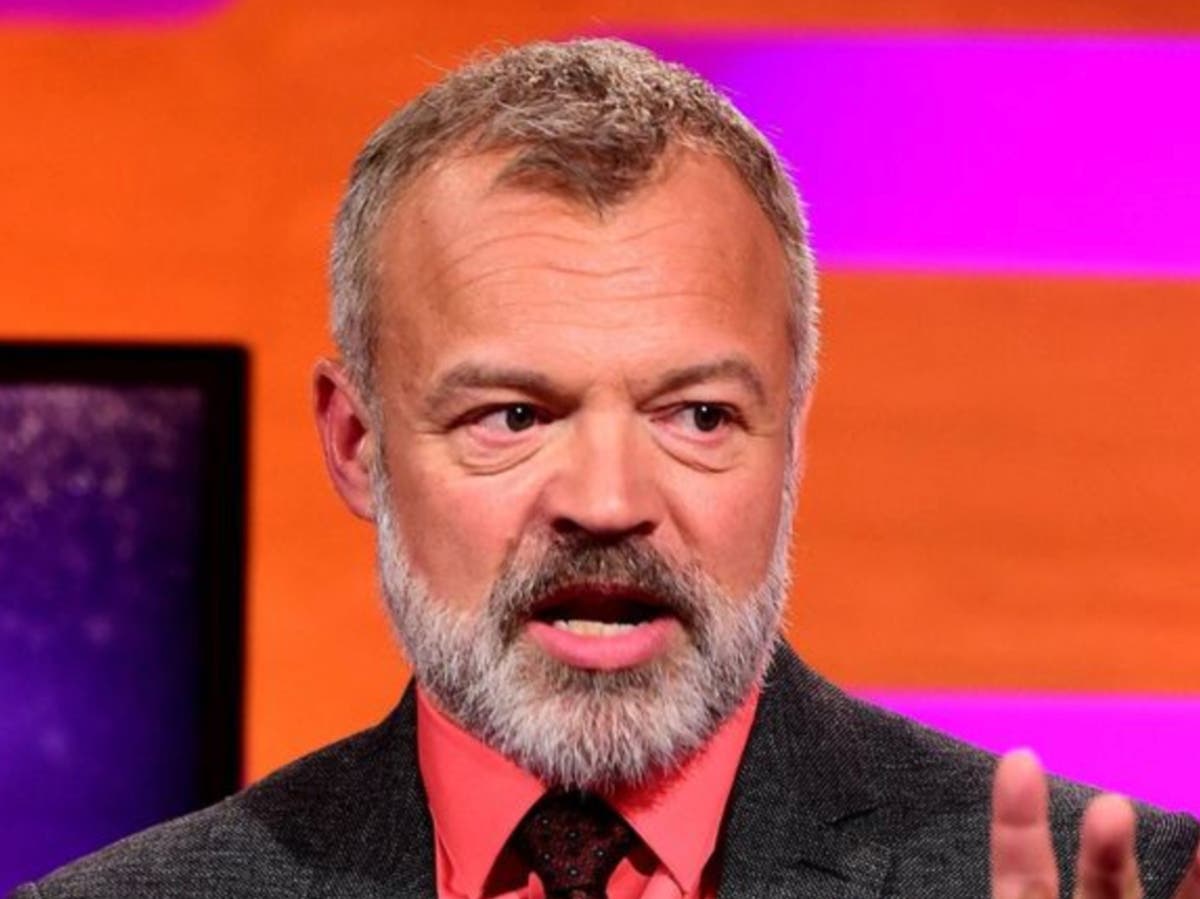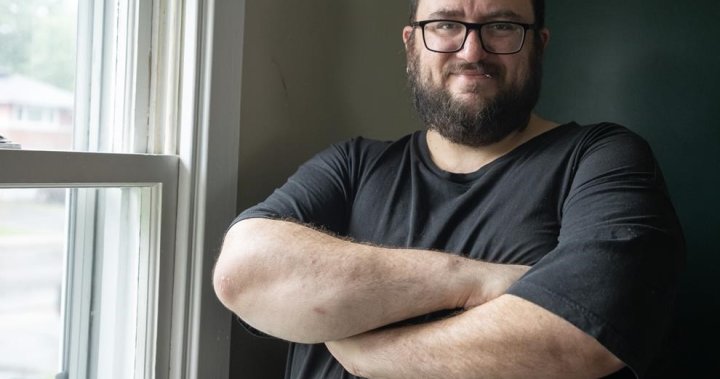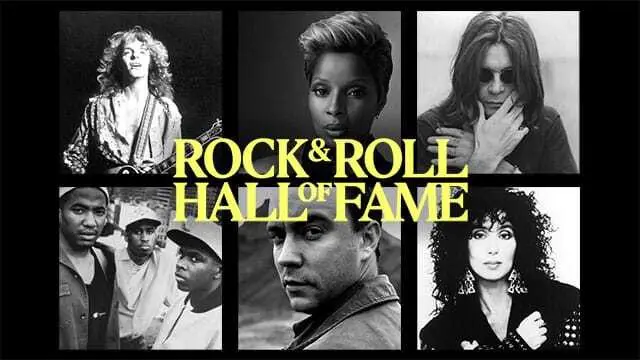
Each year, the Rock & Roll Hall of Fame induction process turns into a heated debate about who should go in and “Rock & Roll” even means, but the votes have been tallied and here are this year’s inductees.
Mary J. Blige
When Mary J. Blige‘s debut album, What’s the 411?, hit the streets in July 1992, critics and fans were floored by its powerful combination of modern soul and edgy hip-hop production that glanced off of the pain and grit of the singer’s New York upbringing. Blige instantly became a distinct force in R&B, and throughout a three-decade career has put the full power of her voice behind her music, exorcizing her demons and consequently softening her style, yet never ceding her rank as “the Queen of Hip-Hop Soul.”
Cher
When Cherilyn Sarkasian reinvented herself as half of ’60s pop duo Sonny & Cher, no one could guess it was merely the first step in an ongoing artistic redefinition that would continue for decades. After the smash success of Sonny & Cher‘s recordings and TV show, Cher scored pop hits on her own, such as “Half Breed” and “Gypsys, Tramps & Thieves” in the ’70s, before switching into disco mode for “Take Me Home.” In the ’80s, she became an esteemed actress, with lead roles in the highly acclaimed films Mask and Moonstruck (the latter earned her an Oscar). Incredibly, she followed that by returning to the pop charts in the late ’80s with “If I Could Turn Back Time” and, ten years later, becoming a Madonna-like dance-pop diva with the megahit “Believe.”
Dave Matthews Band
Dave Matthews Band helped define the jam-band underground of the 1990s with their energetic, musically and emotionally rich sound and have gone on to become an enduring American musical institution. Steeped in the progressive, multicultural sounds of the ’80s — they spliced bar-band college rock with groove-based jazz and worldbeat explorations given slippery life by Matthews‘ exuberant exhortations and moody introspection — the group built a following through traded cassettes of live performances. 1994’s Under the Table and Dreaming was their big breakthrough hit which saw them vault into the mainstream; constant touring and albums like 2009’s Big Whiskey & the GrooGrux King kept the group there. No matter how many hits or changes in lineup they had, the band remained road warriors, returning to the studio on occasion to release albums like 2023’s Walk Around the Moon.
Foreigner
Built around the songwriting skills and fiery guitar riffing of Mick Jones and the arena-filling vocals of Lou Gramm, Foreigner‘s hooky style of AOR caught on in a big way in the late ’70s. Their first two albums — 1977’s Foreigner and 1978’s Double Vision — were a double shot of exceedingly catchy songs and slick production that topped the charts and spawned a number of huge singles. As musical trends changed, so did the band: they added new wave elements to their sound, worked with Mutt Lange on 1981’s 4, and moved into an adult style on ballads like “Waiting for a Girl Like You” and their biggest hit, 1984’s “I Want to Know What Love Is.” Though the band’s recording career stalled when Gramm left the band in the late ’80s, different incarnations of the band continued touring and their presence can still be heard daily on rock radio, while their blend of hard rock and soft ballads proved influential to bands ranging from Soul Asylum to One Direction.
Peter Frampton
Peter Frampton rocketed to fame in 1976 with Frampton Comes Alive!, a double LP that reshaped songs from his first four albums into versions that became era-defining hits. In their live incarnations, “Show Me the Way,” “Baby, I Love Your Way,” and “Do You Feel Like We Do” all became Top 40 smashes that captured the arena-filling glory of album rock in the days prior to punk. The success of Frampton Comes Alive! was so great that it overshadowed his early days as a hotshot guitarist in the Herd and Humble Pie, and it also shaped the impression of the music he made in its immediate aftermath. Over the ensuing decades, Frampton proved that he was a survivor, working steadily on his own and as a sideman, notably playing on David Bowie‘s 1987 album Never Let Me Down. By the early 2000s, he settled into a regular circuit of touring and recording, maintaining a faithful fan base and once again earning attention for his guitar prowess: his 2006 LP Fingerprints took home the Grammy for Best Pop Instrumental Album. Frampton announced a farewell tour in 2019 after receiving a diagnosis of inclusion body myositis but his health stabilized, allowing him to release Frampton Forgets the Words in 2021 and return to the stage in the 2022 homecoming concert released in 2023 as Peter Frampton at Royal Albert Hall.
Kool & The Gang
Formed as a jazz ensemble in the mid-’60s, Kool & the Gang became one of the most inspired and influential funk units during the ’70s, and one of the most popular R&B groups of the ’80s after their breakout hit “Celebration.” Just as funky as James Brown or Parliament (and sampled almost as frequently), Kool & the Gang relied on their jazz backgrounds and long friendship to form a tightly knit group with the interplay and improvisation of a jazz outfit, plus the energy and spark of a band with equal ties to soul, R&B, and funk. Their 21 Top 40 hits exhibit an uncommon range, from the tough funk of “Jungle Boogie” to the smooth instrumental soul of “Summer Madness” to the lively pop of “Joanna.” As an album act, they’ve been just as successful, having hit the Top Ten of the R&B chart with a dozen LPs that include the gold Wild and Peaceful (1973), the all-platinum run of Ladies’ Night(1979), Celebrate! (1980), Something Special (1981), and Emergency (1984), and the gold Forever (1986). Since the ’90s, they’ve focused most on touring, though they’ve occasionally put together sets of original material such as Still Kool (2007), Perfect Union (2021), and People Just Wanna Have Fun (2023). Fellow co-founders Robert “Kool” Bell and George “Funky” Brown continued to lead the band into the 2020s.
Ozzy Osbourne
Establishing himself as heavy metal’s Prince of Darkness early on as vocalist for the genre-defining Black Sabbath, Ozzy Osbourne has shown an un-killable perseverance as he remained one of metal’s most powerful voices for over 50 years and became an international multimedia superstar along the way. After parting ways with Sabbath in 1979, Osbourne quickly launched a solo career, burning through the ’80s in a storm of controversy and substance abuse while making some landmark albums like 1980’s Blizzard of Ozz and 1981’s Diary of a Madman. Ozzy’s impeccable showmanship and knack for surrounding himself with star-powered guitarists like Randy Rhoads and Zakk Wylde kept him in the charts and playing stadiums throughout the ’90s, and the antics of his family were captured on the MTV series The Osbournes, making him part of the reality TV wave of the 2000s. Ozzy’s tireless work ethic took the form of constant work both in the studio and on the road with Black Sabbath reunions and his own Ozzfest festival. Still active into his seventies, Ozzy continues to release new solo albums like 2020’s Ordinary Man (which found him collaborating with Post Malone, Travis Scott, and Elton John) and its Grammy-winning 2022 follow-up, Patient Number 9.
A Tribe Called Quest
A Tribe Called Quest were without question one of the most progressive and crucial rap groups of the 1990s. Along with their brothers and sisters in the Native Tongues — a crew that also included the Jungle Brothers, Queen Latifah, De La Soul, Monie Love, and Black Sheep — Tribe struck a natural balance between ruminative and carefree lyrical content, examining personal and deep societal issues without forgetting to have a good time. Just as creative and powerful as producers, Tribe helped create new paths for hip-hop with visionary and inventive sampling from previously unutilized ’60s and ’70s jazz recordings, among other styles ranging from bossa nova to prog rock, and even collaborated with some of the players whose names were listed in the liner notes they scoured. The group’s first five albums, highlighted by the all-platinum run of The Low End Theory (1991), Midnight Marauders (1993), and Beats, Rhymes and Life (1996), added up to one of the decade’s most vital artist discographies, rap or otherwise. Six years after their 1998 split, they reconvened onstage and continued to occasionally tour into the 2010s. We Got It from Here…Thank You 4 Your Service (2016), their final LP, became their second number one album months after the death of founding member Phife Dawg.
Interestingly, the Musical Influence award as granted to a trio of blues artists – Brits Alexis Korner and John Mayall, and the legendary Big Mama Thornton.
The Award for Musical Excellence is given to artists, musicians, songwriters and producers whose originality and influence creating music have had a dramatic impact on music. Jimmy Buffett will be honored posthumously with this award, as will MC5, Dionne Warwick and Motown producer/songwriter Norman Whitfield.
Finally, the screenwriter/TV producer who was a fixture at Motown and acted as executive producer of “Showtime At the Apollo” in the mid-2000s, Suzanne de Passe, will receive the Ahmet Ertegun award.

